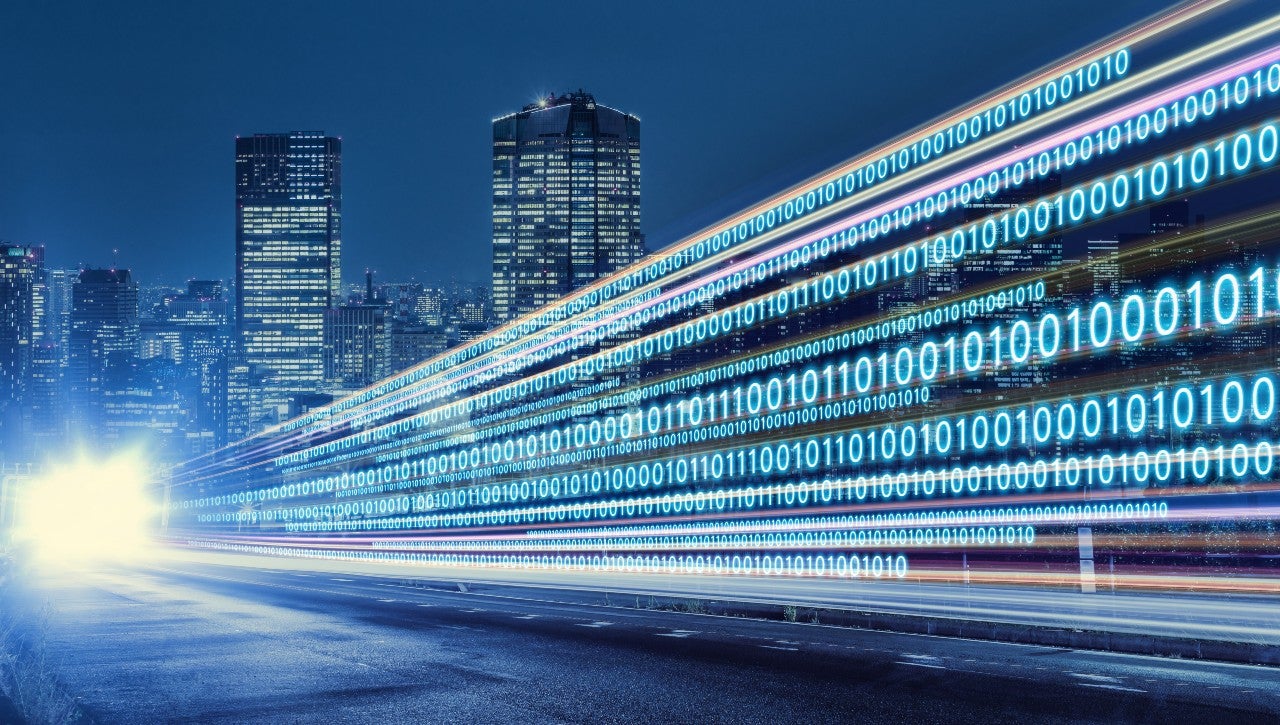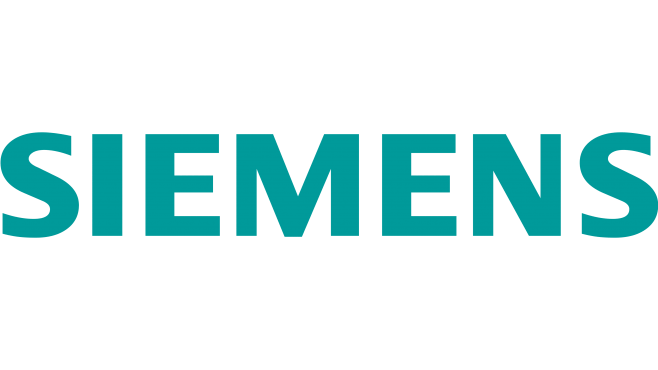
The future of power networks will be fundamentally shaped by two strong forces. Firstly, the energy transition is bringing more renewable energy into the mix, forcing a change in how the grid balances variable power sources, both large and small-scale. Secondly, this reimagined grid infrastructure must cater for huge growth in demand.
In a world marked by massive social and technological transformation – globalisation, urbanisation, climate change and demographic shifts – that are fundamentally changing not only how we live and work, but also how we produce and use energy, the demand for power will skyrocket. By 2050, it is expected that global electricity demand will double worldwide. Meeting this extra demand, while also accelerating decarbonisation, will require a flexible, resilient and climate-friendly energy matrix.
As buildings account for 40% of global energy consumption, changes to their electrical infrastructure will have a huge impact on how the grid evolves in the future. Grid edge technologies that balance consumption and demand in the age of renewable energy, including the growing number of prosumers contributing to power generation, will be the tools that balance growing demand with sustainability – but they are only part of the ‘new normal’ that will see electrical power distribution rely increasingly on transparency, data and digitalisation.
“The decentralisation and decarbonisation of the energy network is making power generation and consumption more distributed, as well as more complex and more digital,” says Andreas Matthé, CEO of electrical products at Siemens Smart Infrastructure. “There are many changes on the consumer side – among them new building infrastructure and cost pressure in many industries – that present many challenges at low and medium-voltage.
“The demands for business continuity, efficiency and sustainability have all been accelerated by the pandemic, and the key to all of that is digitalisation,” he adds. “That is what will make the power network safer, more cost-effective, more reliable and smarter. Smart sensors and better connectivity will also help with maintenance and reliability.”
Measuring and managing
Distributed energy systems, digitalisation and the internet of things (IoT) require systems that supply failsafe power to automated plants, machines and devices, as well as handling bidirectional power flows, and capturing data and transferring it to the cloud. Traditional protective and switching operations are still essential, but another layer of intelligence must be added.
The Siemens Electrical Products portfolio brings intelligence to low and medium-voltage networks. It makes electricity visible – from the power infeed to the power outlet – enabling users to make informed decisions about how their network and their equipment is operating.
“Visibility means the systematic analysis of energy data to optimise efficiency, plant availability, maintenance and more,” says Matthé. “It means having the tools to record electrical parameters and provide detailed information for individual buildings or campuses, and to identify the causes of peak loads or, perhaps, changes in power demand due to faulty equipment.
“Transparency of data is the key factor in making electricity visible, as it allows people to see what is happening in the consumption and distribution network,” he adds. “Now that people are realising the advantages of smart electrification, it can also become a competitive factor due to its impact on energy efficiency.”
Visibility requires an extensive range of hardware and software, which the Siemens portfolio provides, to create intelligent electrical infrastructure at low voltage level from a single source, which seamlessly integrates into networked, efficient and sustainable ecosystems.
With almost 130,000 components available, the complexity is potentially bewildering. Matthé stresses that the needs of each business, building or campus is unique, so in-depth planning, engineering and automation services with full software support are essential to create digitally monitored and seamlessly integrated networks that capture all energy and system data across both the distribution side and the demand side.
“The days of electricity flowing through cables unobserved are numbered,” he remarks.
Operators gain transparency of energy flows through a meticulously planned solution that uses digital twins of their network to define an optimal solution in each case. In fact, Matthé points out that the digital twin model saves up to 80% of the time normally spent by planners, plant engineers and installers.
Furthermore, he notes that the systematic energy monitoring such networks deliver can boost operational energy efficiency by up to 30%, as well as delivering major improvements in system availability, environmental footprint, maintenance and service. All of this comes from the cloud-based collection and analysis of energy flows, enabling operators to make to clearer decisions about energy consumption.
“IoT devices and the cloud are crucial, and their use has been driven by the pandemic,” Matthé observes. “They are part of the new normal now, and provide more flexibility and more sustainability because they have removed some of the obstacles that stood in the way of smart electrification.
“Energy managers in companies or in individual buildings can use sensors and cloud services to analyse huge volumes of data using a low-cost infrastructure for energy management,” he adds.
Proven in practice
With a huge portfolio of hardware, as well as the software to run a smart grid, the possibilities for an individual network are potentially endless, but the virtual planning process ensures that the network delivers on the specific requirements of each operator.
“That makes it possible for us to adapt to all requirements and conditions,” explains Matthé. “Customers can consider what is the right solution for them and we can handle the design and implementation. The greatest potential for digitalisation lies in electrical planning, which is a must for energy transition and smart electrification.”
Take the cloud-based monitoring of Port of Kiel’s shore power system as just one example. The continuous tracking of energy consumption in the terminal building and at the shore power connecting points, with accompanying data storage, easy remote access and efficient operations, has enabled to the port to provide green power for all ships at the Ostseekai and the Schwedenkai terminals, saving more than 8,000 tonnes of CO2 each year.
“Smart electrification at the low-voltage level is key to achieving sustainable energy systems, and this is becoming a more dominant topic everywhere,” says Matthé, “As energy costs rise around the world, smart electrification will be key to both competitiveness and global decarbonisation.”


